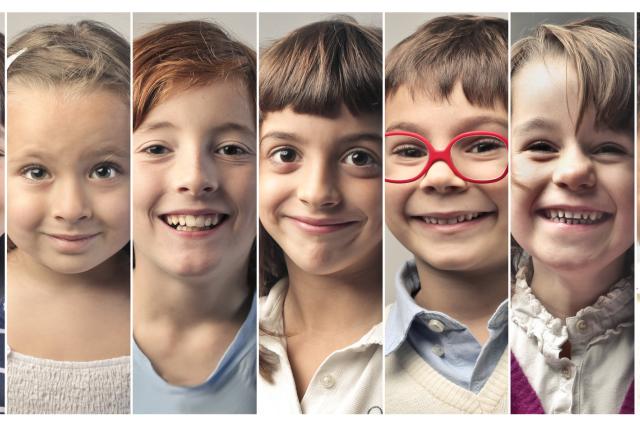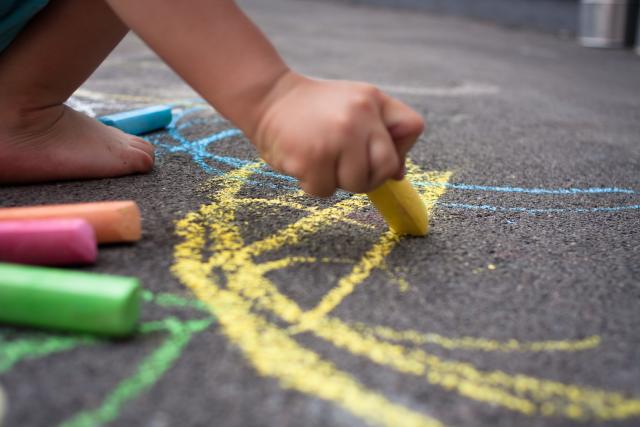At various points during their school-age years, students will experience transition periods when they take a step up and join the next level of education. This means moving from one school cycle to the next, from the world of the younger children to the world of the older ones.
Our campus is fortunate to be able to accommodate students at all stages of their education from daycare through the baccalaureate. We follow the students as they progress step by step through their school experience, and we create added support during these transition periods. We respect that each student adjusts at their own pace, but still encourage them to discover the new world they are entering.
Children at the crèche (daycare center) and garderie (older childcare program) are under the responsibility of the European Institutions: European Parliament for the crèche, European Commission for the garderie. These programs are independent from the European School Luxembourg II and access is determined by specific regulations.
From Childcare to Nursery School
To help the children in the garderie feel ready for Nursery School, they are taken on visits to the Nursery School in June before they eventually begin school in the autumn. They can start to recognize the building and classrooms along with some of the teachers and can feel more comfortable in their new environment.
From Nursery to Primary School
The transition from Nursery to Primary school involves a number of introductory visits and activities designed for the older Nursery School students. Towards the end of the school year, the teachers of the graduating Nursery School classes and the Primary School teachers cooperate to help ease the transition. They arrange :
- Visits to the Primary School building and its classrooms
- Teacher exchanges and introductory visits
- Joint activities to be shared by the Nursery and Primary classes



